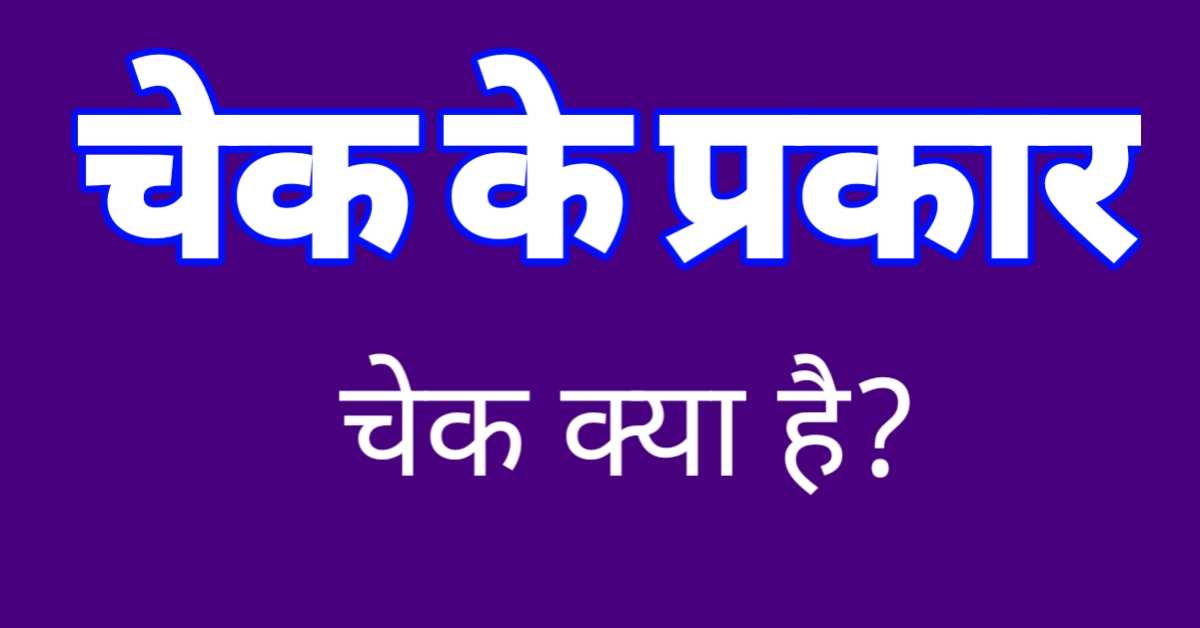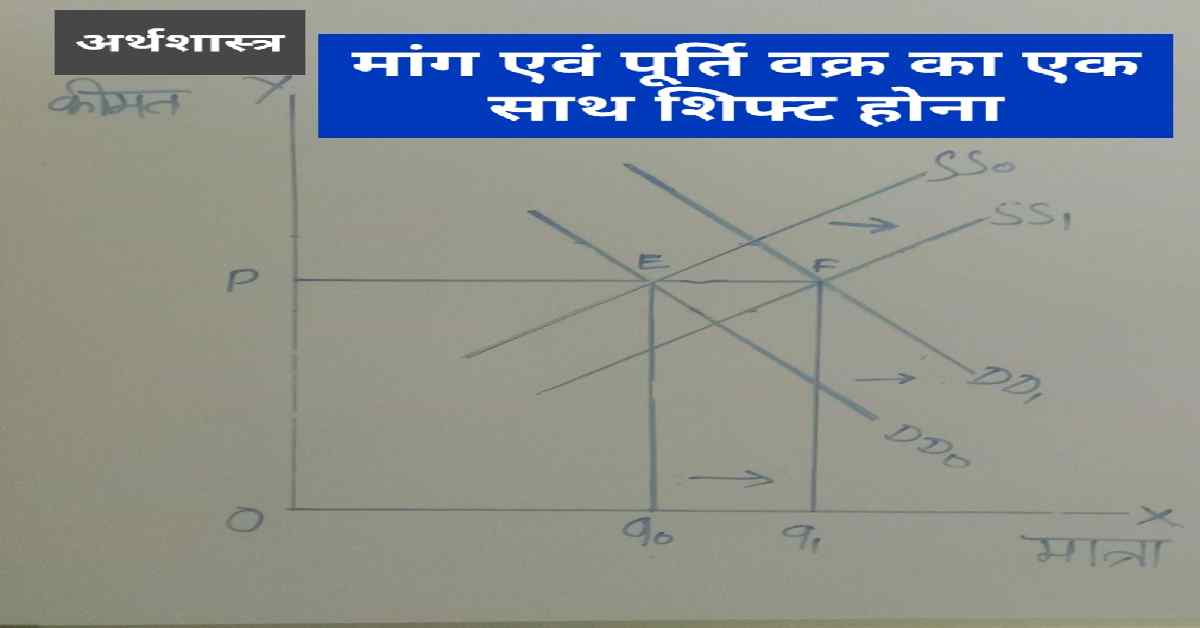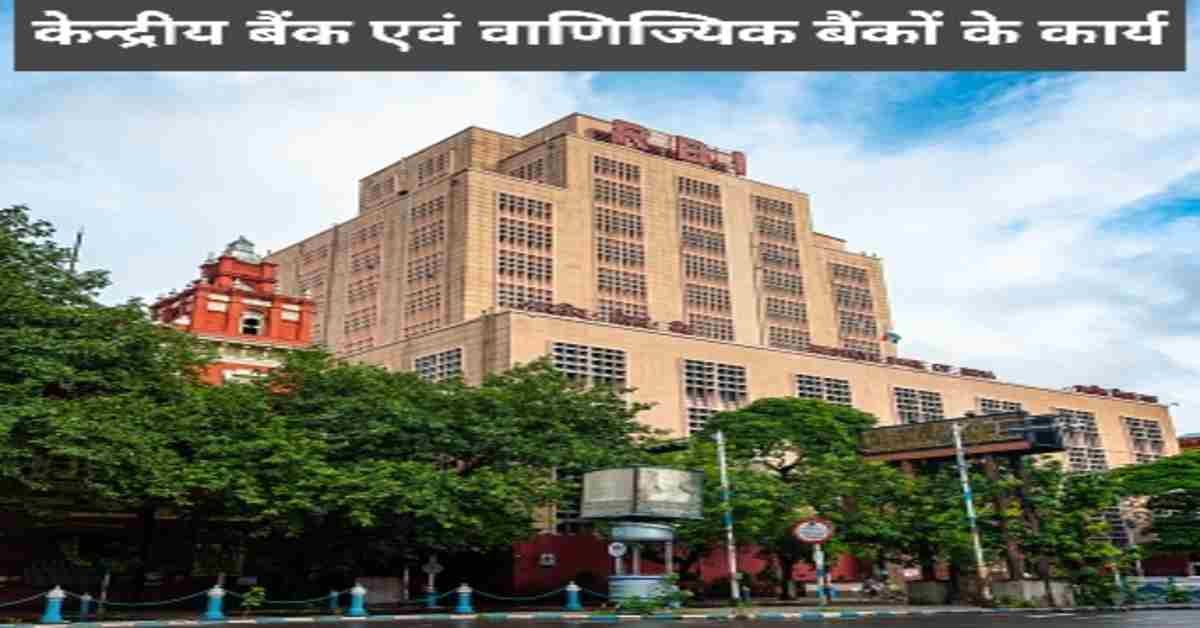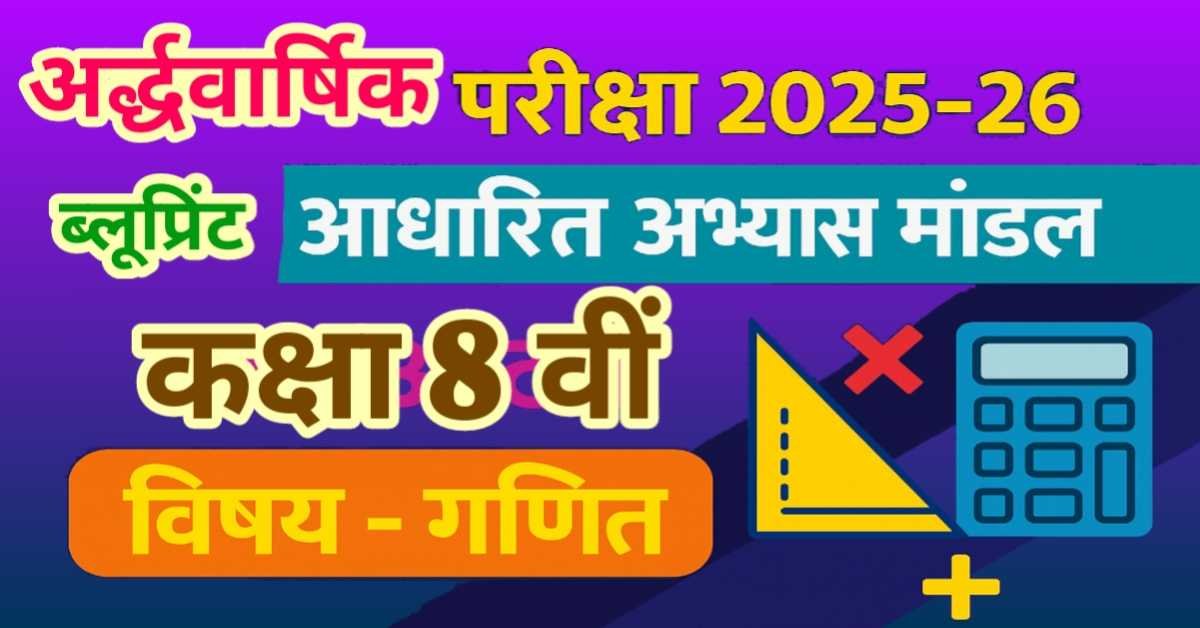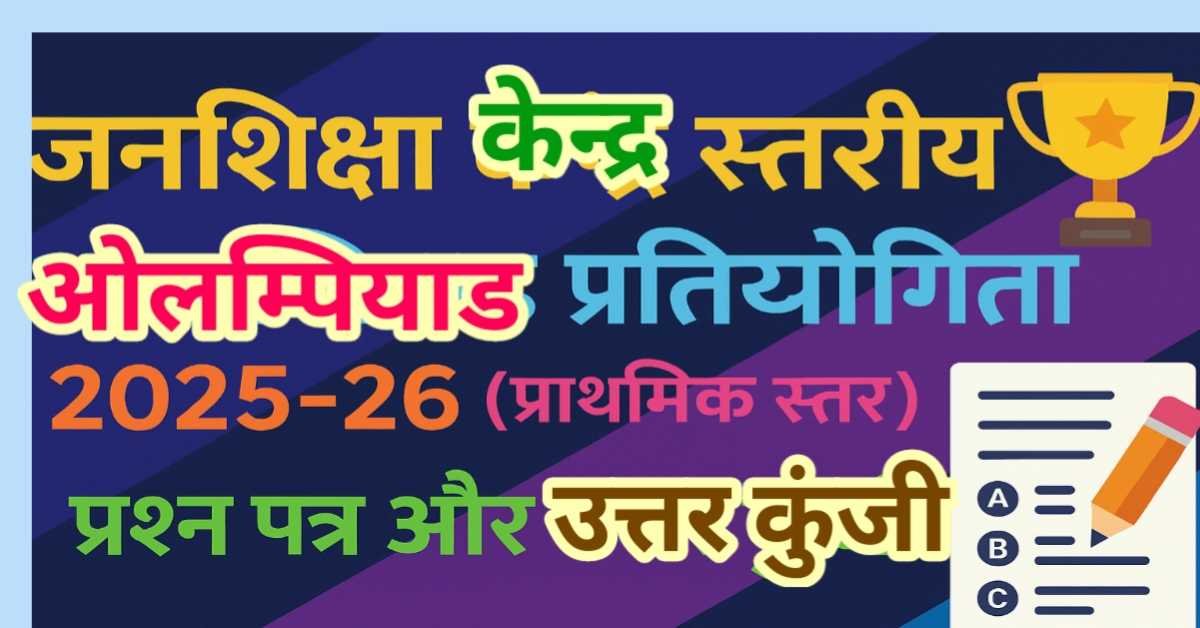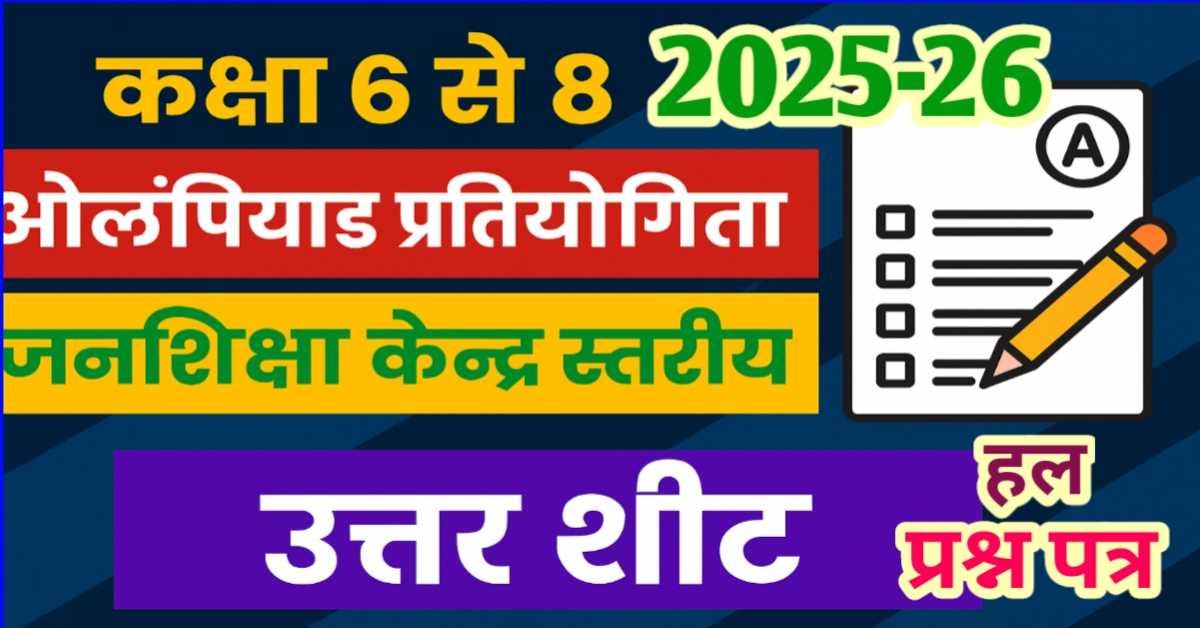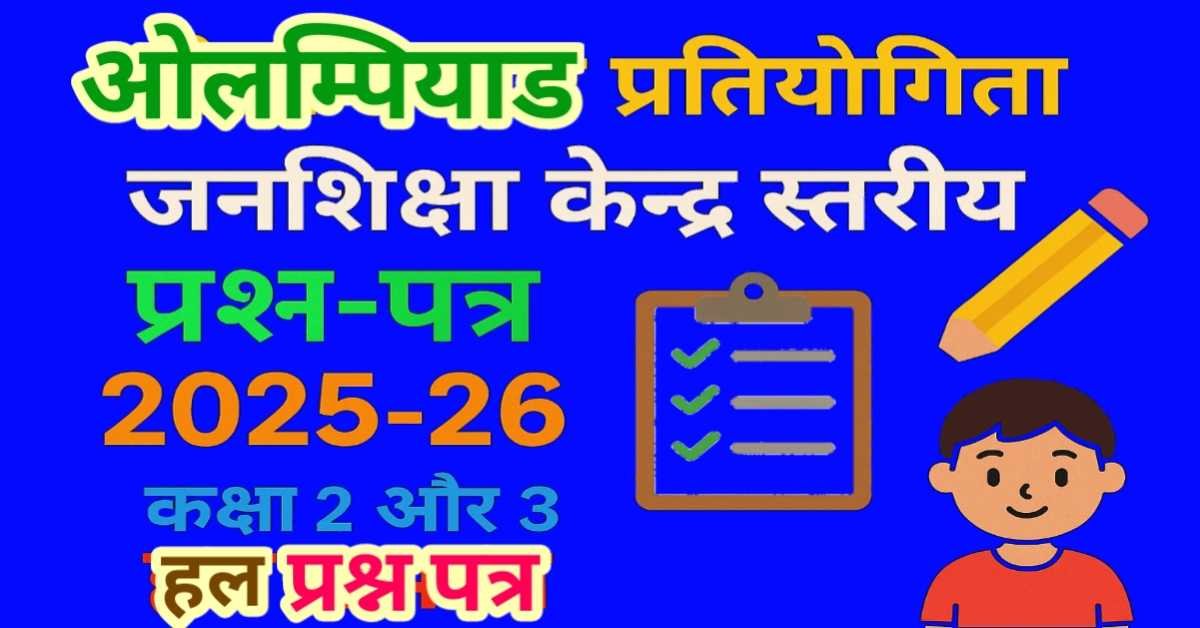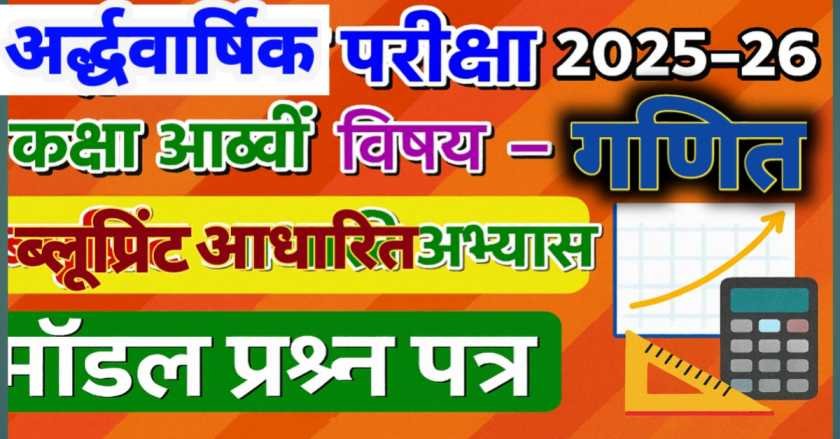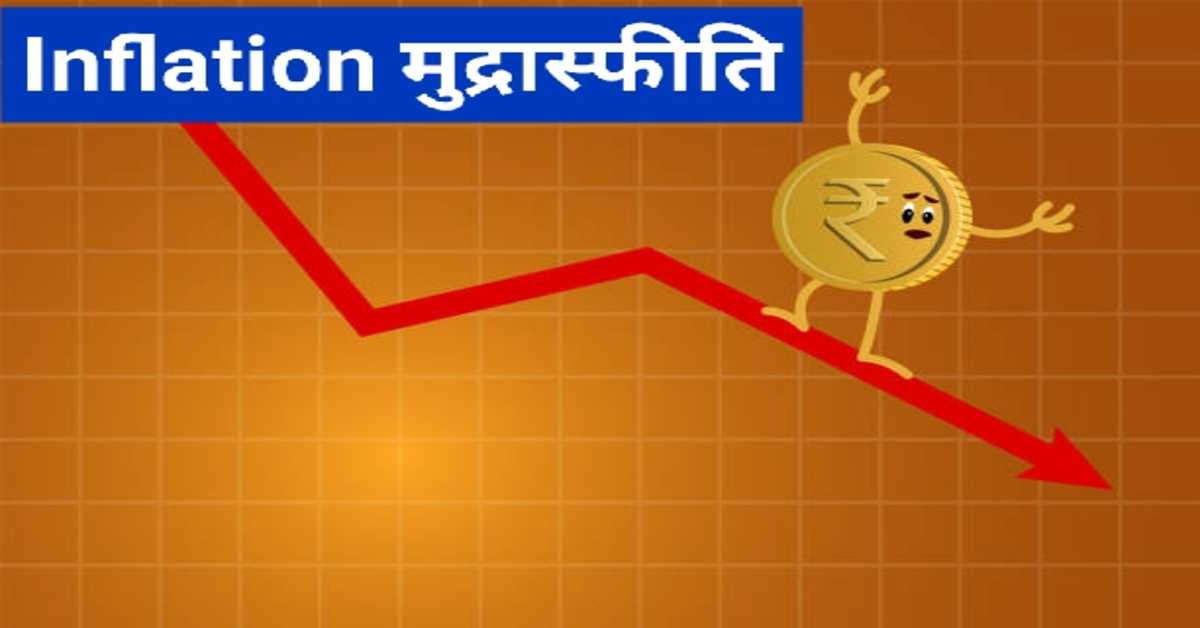
मुद्रास्फीति का अर्थ, परिभाषा एवं महत्वपूर्ण तथ्य | Meaning, Definition and Important Facts of Inflation
सबसे पहले हम मुद्रा की क्रय शक्ति घट जाने को समझते है।
पहले 20 रुपये में पाँच किलो आलू आते थे।
आज 20 रुपये में आधा किलो आते हैं।
20 रुपये वही है पर उसकी द्वारा खरीदे जाने वाली वस्तु की मात्रा कम हो गई; अर्थात उतनी ही मुद्रा अब कम वस्तु खरीद पा रही इसे मुद्रा की क्रय शक्ति घट जाना कहते है |
First of all we understand the decrease in purchasing power of money.
Earlier, five kilos of potatoes used to come for 20 rupees.
Today half a kilo comes for 20 rupees.
Rs 20 remains the same but the quantity of the article he can buy is reduced; That is, the same amount of money is now able to buy less goods, it is called decrease in purchasing power of money|
मुद्रास्फीति का अर्थ एवं परिभाषा (Meaning and definitions of inflation)
"वस्तुओं और सेवाओं के मूल्य में होने वाली स्थाई व अस्थाई वृद्धि जिससे मुद्रा की क्रय शक्ति कम होती है मुद्रास्फीति कहा जाता है।"
इस प्रकार मुद्रास्फीति मूल्य स्तर की वृद्धि की एक विशिष्ट अवस्था है, जिसमें मुद्रा की क्रय शक्ति कम हो जाती है।
उदाहरण के तौर पर मान लीजिए यदि 10 व्यक्तियों में प्रत्येक के पास 100 रू खर्च करने हेतु है। वह दुकानदार, जिनके पास केवल 100 किलो आटा ही पर्याप्त है, वे उससे 10-10 किलो आटा खरीद सकते हैं।
"Inflation is a permanent and temporary increase in the price of goods and services that reduces the purchasing power of money."
Thus inflation is a specific stage of rise in the price level, in which the purchasing power of money decreases.
Example Suppose 10 persons each have Rs.100 to spend. Those shopkeepers, who have enough only 100 kg of flour, can buy 10-10 kg of flour from him.
इन 👇 प्रकरणों को भी पढ़िये।
1. मूल्य ह्रास क्या है?
2. व्यष्टि एवं समष्टि अर्थशास्त्र में अंतर
3. केंद्रीय बैंक और वाणिज्यिक बैंक के कार्य
4. मांग एवं पूर्ति वक्र का एक साथ शिफ्ट होना
5. चेक के प्रकार
6. भारतीय रिजर्व बैंक और इसके कार्य
परंतु अब यदि प्रत्येक व्यक्ति के पास 100-100 रू और आ जाएँ और अपने पूरे पैसों से आटा खरीदना चाहे परंतु दुकानदार के पास आटा की मात्रा निश्चित हो तो ऐसे में क्या होगा कि दुकानदार आटे की कीमत में वृद्धि कर देगा। और जितना लोग पहले 100 रू में खरीद रहे थे। उतना ही अब वे 200 रू में खरीदने को मजबूर होंगे। अतः कीमत में इस वृद्धि को भी हम मुद्रास्फीति कहते हैं।
But now if every person has Rs.100-100 more and wants to buy flour with all his money but the shopkeeper has a fixed quantity of flour, then what will happen if the shopkeeper wants to buy flour? will increase the price. And as many people were buying for Rs 100 earlier. Now they will be forced to buy the same for Rs 200. Therefore, this increase in price is also called inflation.
मुद्रास्फीति के कारण (Reason of inflation)
मुद्रास्फीति कई कारणों से हो सकती है जिसमे कुछ प्रमुख कारण इस प्रकार है -
Inflation can happen due to many reasons, some of the main reasons are as follows -
सार्वजनिक व्यय में वृद्धि - सार्वजनिक व्यय में वृद्धि होने के कारण जनता के पास धन की मात्रा बढ़ जाती है और धन को खर्च करने हेतु मांग अधिक उत्पन्न हो जाती है। मांग बढ़ने व उत्पादन शिथिल होने पर मुद्रा का मूल्य गिर जाता है।
Increase in Public Expenditure Due to increase in public expenditure, the amount of money with the public increases and there is more demand to spend the money. When demand increases and production is sluggish, the value of money falls.
उत्पादन आपूर्ति - उत्पादन में कमी से और दुकानदारों की जमाखोरी से भी मुद्रास्फीति की दर बढ़ती है क्योंकि बाजार में मांग अधिक व उत्पादन कम हो जाता है।
Production Supply - Decrease in production and hoarding of shopkeepers also increases the rate of inflation because the market demand becomes more and production becomes less.
अप्रत्यक्ष कर- सरकार द्वारा लगाए जाने वाले अप्रत्यक्ष कर से लागत मूल्य में वृद्धि होती है जो कि वस्तुओं के मूल्य में वृद्धि का कारक है।
Indirect Tax- Indirect tax levied by the government increases the cost price which is the factor of increase in the value of goods.
जनसंख्या वृद्धि - जनसंख्या वृद्धि भी मुद्रास्फीति का एक प्रमुख कारक है क्योंकि जनसंख्या में वृद्धि से मांग में भी वृद्धि होती है।
Population Growth - Population growth is also a major factor in inflation because increase in population also increases demand.
ब्याज दरों में तरलता - यदि बैंक द्वारा ब्याज दरों में कमी होगी तो बाजार में अधिक मुद्रा का प्रसार होगा। अर्थात कम ब्याज दर के कारण लोग अधिक पैसा उधार ले सकते हैं।
Liquidity in Interest Rates If there is a reduction in interest rates by the bank, more money will circulate in the market. That means people can borrow more money due to lower interest rate.
वेतन में वृद्धि - कर्मचारियों की वेतन में वृद्धि होना परंतु उसी अनुपात में कुल उत्पादन में वृद्धि ना होना भी मुद्रास्फीति का कारक है।
increase in salary - increase in the salary of the employees but the increase in total output in the same proportion is also the factor of inflation.
आयात में वृद्धि - आयात में वृद्धि होने से देश की मुद्रा बाहर चली जाती है जिसकी पूर्ति हेतु अधिक मुद्रा छापने की आवश्यकता सरकार को पड़ती है। अत्याधिक मुद्रा निर्गमन से मुद्रा का प्रसार अधिक हो जाता है। सरकार द्वारा घाटे के बजट की आपूर्ति हेतु अधिक मुद्रा का उत्पादन कराना।
Increase in imports Due to increase in imports, the country's currency goes out, for which the government needs to print more currency. Too much money issuance leads to more circulation of money. To make the government produce more money to supply the deficit budget.
अंतरराष्ट्रीय बाजार में कीमतों में वृद्धि होना।
Increase in prices in the international market.
उत्पादन की तुलना में मांग में अधिक वृद्धि होना।
More increase in demand than production.
इस प्रकार हम समझ सकते हैं कि मुद्रास्फीति कई कारणों से हो सकती है।
Thus we can understand that inflation can happen due to many reasons.
इस 👇 बारे में भी जानें।
1. भारतीय संविधान के स्रोत
2. भारतीय संविधान का निर्माण
3. भारतीय संवैधानिक विकास के चरण
4. अंग्रेजों का चार्टर एक्ट क्या था
5. अंग्रेजों का भारत शासन अधिनियम
6. अंग्रेज कालीन – भारतीय परिषद् अधिनियम
मुद्रास्फीति के निवारण के उपाय (Inflation Control Measures) -
उत्पादन को बढ़ावा देकर - उत्पादन को बढ़ावा देने के लिए सरकार द्वारा खाद्य पदार्थों पर न्यूनतम समर्थन मूल्य की घोषणा की जा सकती है। इससे उत्पादन में वृद्धि होगी और वस्तुओं का मूल्य अधिक नहीं बढ़ेगा।
By boosting production - In order to boost production, minimum support price on food items may be announced by the government. This will increase production and the price of the goods will not increase much.
जमाखोरी व कालाबाजारी के खिलाफ कड़ी कानून बनाकर- यदि सरकार जमाखोरों व कालाबाजारी करने वालों के विरुद्ध कड़ा रुख अपनाएँ तो बाजार में वस्तुओं की उपलब्धता बनी रहेगी और वस्तुओं का मूल्य भी स्थिर बना रहेगा।
Back to hoarding and black-marketing by making strict laws- If the government takes a strong stand against hoarders and black-marketers, then the availability of goods in the market will remain and the availability of goods will be maintained. Price will also remain constant.
मौद्रिक उपाय द्वारा - मौद्रिक नीति द्वारा हम मुद्रा की मात्रा को संतुलित कर सकते हैं। देश की मौद्रिक नीति का निर्धारण RBI करता है। अतः RBI मौद्रिक नीति द्वारा मुद्रा की मात्रा को संतुलित करके मुद्रास्फीति पर नियंत्रण कर सकता है।
Monetary Measures - Through monetary policy we can balance the quantity of money. RBI determines the monetary policy of the country. So RBI can control inflation by balancing the quantity of money through monetary policy.
विमुद्रीकरण द्वारा - विमुद्रीकरण भी मुद्रास्फीति को नियंत्रित करने का एक मुख्य उपाय है। यदि सरकार मुद्रास्फीति को नियंत्रित करने में असफल रहती है तो वह विमुद्रीकरण का सहारा ले सकती है। विमुद्रीकरण में सरकार पुरानी मुद्रा की जगह नई मुद्रा का प्रचलन शुरू कर देती है जिससे मुद्रास्फीति की मात्रा को नियंत्रित किया जा सकता है।
By demonetisation - Demonetisation is also one of the main measures to control inflation. If the government fails to control inflation, it may resort to demonetisation. In demonetisation, the government starts the circulation of new currency in place of the old currency, so that the amount of inflation can be controlled.
ब्याज दरों में वृद्धि करके - ब्याज दरों में अधिकता मांग में कमी कर सकती है क्योंकि ब्याज दर में वृद्धि करने पर बाजार की मुद्रा में कमी होगी और मांग में स्थिरता बनी रहेगी।
Increasing interest rates - Higher interest rates can decrease demand because an increase in interest rates will result in a decrease in the market currency and a decrease in demand. Stability will prevail.
आयात में कमी करके - आयात में कमी करने से देश की मुद्रा देश में ही रहेगी जिससे सरकार को अधिक मुद्रा छापने की आवश्यकता नहीं होगी।
By reducing imports - By reducing imports, the country's currency will remain in the country so that the government will not need to print more currency.
अन्य जैसे- 1. सरकारी योजनाओं द्वारा अधिक पैसा खर्च न करके इसके विपरीत सरकार रोजगार के अवसर प्रदान कर सकती है।
2. सरकार द्वारा आयकर व वेट जैसे करो में वृद्धि करके।
3. बजट घाटे में कमी करके।
4. बचत को प्रोत्साहन देकर व्यय में कमी करके।
Other Like- 1. By not spending more money by government schemes, on the contrary, the government can provide employment opportunities.
2. By increasing taxes like income tax and VAT by the government.
3. By reducing the budget deficit.
4. By promoting savings and reducing expenditure.
इस 👇 बारे में भी जानें।
1. भारतीय संविधान की प्रस्तावना की प्रकृति व महत्व
2. भारत में संविधान सभा का गठन
मुद्रास्फीति का मापन (Measurement of inflation)
मुद्रास्फीति का निर्धारण दो विधियों से किया जा सकता है। थोक मूल्य सूचकांक व उपभोक्ता मूल्य सूचकांक।
थोक मूल्य सूचकांक - थोक बाजार के अंतर्गत थोक बाजार या मंडी की कीमतों में होने वाले परिवर्तन को देखा जाता है। इसमें केवल वस्तुओं के मूल्य में होने वाले परिवर्तन का आकलन किया जाता है।
भारत में मुद्रास्फीति के मापन हेतु थोक मूल्य सूचकांक का ही उपयोग किया जाता है।
Inflation can be determined in two ways. Wholesale Price Index and Consumer Price Index.
Wholesale Price Index - Under the wholesale market, the changes in the prices of the wholesale market or mandi are seen. In this only the change in the price of the goods is assessed.
In India, the Wholesale Price Index is used to measure inflation.
उपभोक्ता मूल्य सूचकांक - उपभोक्ता मूल्य सूचकांक के अंतर्गत वस्तुओं और सेवाओं पर उपभोक्ताओं द्वारा अदा की गई कीमतों को आधार बनाकर आकलन किया जाता हैl
Consumer Price Index - Consumer Price Index is calculated on the basis of the prices paid by consumers on goods and services. p>
मुद्रास्फीति के चरण/स्थितियाँ (Inflation Stages/Conditions)
लक्षण एवं तीव्रता के आधार पर मुद्रास्फीति के कई चरण हो सकते हैं। जैसे -
रेंगती हुई मुद्रास्फीति- जब सामान्य कीमत स्तर में बहुत धीमी गति से वृद्धि होती है तो इसे रेंगती हुई मुद्रास्फीति कहते हैं।
Inflation can have several stages depending on the symptoms and intensity. eg -
creeping inflation- When the general price level rises very slowly, it is called creeping inflation.
चलती या दौड़ती हुई मुद्रास्फीति- जब सामान्य कीमत में 5 - 10 % वार्षिक वृद्धि हो जाती है तो इसे चलती या दौड़ती हुई मुद्रास्फीति कहते हैं। यह स्थिति सरकारों के लिए चेतावनी का सिग्नल होती है कि मुद्रास्फीति को 2 अंकों में पहुंचने से बचने के लिए उपाय करें।
Moving or Running Inflation- When there is an annual increase of 5 - 10% in the normal price, it is called moving or running inflation. This situation is a warning signal for governments to take measures to avoid double-digit inflation.
उछलती हुई मुद्रास्फीति- जब सामान्य कीमत स्तर में तीव्र गति से वृद्धि होने लगती है और यह वृद्धि 10 - 20 % वार्षिक तक पहुँच जाती है तो इसे उछलती हुई मुद्रास्फीति कहते हैं।
Bouncing Inflation- When the general price level starts increasing rapidly and this increase reaches 10 - 20% per annum, it is considered as a jump Inflation is called.
अति मुद्रास्फीति- जब मुद्रास्फीति की दर 20 % से अधिक हो जाती है तो इसे अति मुद्रास्फीति की स्थिति कहा जाता है। इस स्थिति में मुद्रास्फीति नियंत्रण के बाहर हो जाती है क्योंकि यह बहुत कम समय में अत्यंत तेजी से बढ़ती है।
Hyperinflation- When the rate of inflation exceeds 20% it is called hyper inflation condition. In this situation, inflation gets out of control as it grows very rapidly in a very short period of time.
लोकप्रशासन के इस 👇 प्रकरण को भी पढ़ें।
1. लोक प्रशासन में सांवेगिक (भावात्मक) बुद्धि की उपयोगिता
मुद्रास्फीति के प्रभाव (Effects of inflation) -
संभवत हम सभी ऐसा सोचते हैं कि मुद्रास्फीति से केवल हानि ही होती है परंतु ऐसा हमेशा आवश्यक नहीं है। मुद्रास्फीति अलग-अलग वर्ग के लोगों पर अलग-अलग ढंग से प्रभाव डालती है। मुद्रास्फीति से होने वाले प्रभाव कुछ निम्न प्रकार है।
महंगाई में वृद्धि
मुद्रा के मूल्य में गिरावट
जमाखोरों को फायदा
देने वालों को नुकसान
उत्पादन और रोजगार में वृद्धि।
We all probably think that inflation only causes losses, but this is not always necessary. Inflation affects different classes of people in different ways. Some of the effects of inflation are as follows.
Rise in Inflation
Decline in the value of currency
Benefit to hoarders
Damage to givers
Increase in production and employment.
फिलिप्स वक्र (Phillips curve) -
1958 में सीडब्ल्यू फिलिप्स ने मुद्रास्फीति और बेरोजगारी की दर के बीच संबंध को प्रदर्शित करने के लिए एक वक्र को प्रतिपादित किया जिसे फिलिप्स वक्र कहते हैं। फिलिप्स वक्र मुद्रास्फीति और बेरोजगारी दर के बीच व्युत्क्रम संबंध को प्रदर्शित करता है। अर्थात मुद्रास्फीति की दर जितनी अधिक होगी बेरोजगारी की दर उतनी ही कम होगी व रोजगार की दर उतनी ही अधिक होगी। अर्थात बिना मुद्रास्फीति की दर में वृद्धि लाए हुए रोजगार में वृद्धि नहीं लाई जा सकती है। फिलिप्स वक्र के संबंध में मिल्टन फ्रीडमैन ने यह प्रतिपादित किया कि इस प्रकार का संबंध केवल अल्पकालीन होता है। दीर्घकाल में यह संबंध नहीं होता और अर्थात मुद्रास्फीति की दर में वृद्धि का कोई भी प्रभाव रोजगार पर नहीं पड़ता अर्थात बेरोजगारी का एक स्तर बना रहता है जो कि पूर्ण रोजगार की स्थिति में भी बना रहेगा।इसे पूर्ण रोजगार में बेरोजगारी की दर या बेरोजगारी की प्राकृतिक दर भी कहते हैं।
In 1958, C.W. Phillips proposed a curve called the Phillips curve to show the relationship between inflation and the unemployment rate. The Phillips curve shows the inverse relationship between inflation and the unemployment rate. That is, higher the rate of inflation, lower will be the rate of unemployment and higher will be the rate of employment. That is, without increasing the rate of inflation, there cannot be an increase in employment. With respect to the Phillips curve, Milton Friedman propounded that such a relationship is only short term. In the long run this relationship does not occur and that means that an increase in the rate of inflation has no effect on employment, that is, a level of unemployment remains, which will remain even in the event of full employment. Also called natural rate.
मुद्रा संकुचन /अपस्फीति ( Currency contraction/deflation)-
अपस्फीति ,मुद्रास्फीति की सर्वथा विपरीत स्थिति होती है। जिस प्रकार मुद्रास्फीति मूल्य स्तर की वृद्धि की एक विशिष्ट अवस्था होती है, उसी प्रकार मुद्रा अपस्फीति में मुद्रा के मूल्य में गिरावट आ जाती है।
जब अर्थव्यवस्था में उत्पादन बढ़ जाता है तब वस्तुओं एवं सेवाओं की मात्रा में वृद्धि हो जाती है। जब मौद्रिक आय की तुलना में वस्तुओं एवं सेवाओं की उत्पादन में वृद्धि हो जाती है तो मुद्रा का मूल्य गिरने लगता है। वस्तुओं की कीमत गिर जाती है और वस्तुएं सस्ती होने पर भी बिकती नहीं इस स्थिति को मंदी की स्थिति कहा जाता है।
मुद्रास्फीति की तुलना में अपस्फीति के अधिक विपरीत प्रभाव पड़ते हैं l क्योंकि मंदी की स्थिति से निपटने के लिए उत्पादन में कमी की जाती है जिससे कि रोजगार में भी कमी आती है।
Deflation is the exact opposite of inflation. Just as inflation is a specific stage of the rise in the price level, so in deflation, there is a fall in the value of money.
When production increases in the economy, the quantity of goods and services increases. When there is an increase in the production of goods and services in comparison to the monetary income, the value of money starts falling. The price of the goods falls and the goods are not sold even when they are cheap, this situation is called bearish situation.
Deflation has more adverse effects than inflation, because production is reduced to cope with recession, which also leads to reduction in employment.
"भारतीय कला एवं संस्कृति" के इन 👇 प्रकरणों को भी पढ़ें।
1. भारत की वास्तुकला, मूर्तिकला एवं मृद्भाण्ड
2. हड़प्पा सभ्यता के स्थल एवं उनसे प्राप्त वास्तुकला एवं मूर्तिकला के उदाहरण
3. हड़प्पा सभ्यता की वास्तुकला
4. हड़प्पा सभ्यता की मोहरें
5. हड़प्पा सभ्यता की मूर्ति कला
निस्पंदन स्फीति/स्टैगफ्लेशन - ऐसी स्थिति जिसमें मुद्रास्फीति और अपस्फीति दोनों ही स्थितियां विद्मान रहती है, उसे निस्पंदन स्फीति/स्टैगफ्लेशन कहते हैं।
भारत की स्थिति - वर्तमान में उपभोक्ता मूल्य सूचकांक पर आधारित भारत में मुद्रास्फीति की दर (2020 में) 7.59% है।
Filtration Inflation/Stagflation - A situation in which both inflation and deflation are present is called Filtration Inflation/Stagflation.
Status of India - Currently the rate of inflation in India (in 2020) based on Consumer Price Index is 7.59%.
कुछ अन्य महत्वपूर्ण तथ्य (Some other important facts) -
1. उपभोक्ता मूल्य सूचकांक का नामकरण हुआ - श्रम सांख्यिकी विशेषज्ञों के छठे अंतरराष्ट्रीय सम्मेलन में।
2. मुद्रास्फीति में वृद्धि की दशा में जो वर्ग हानि में नहीं रहता - व्यापारी वर्ग।
3. मुद्रास्फीति की तुलना डाकू से की है - प्रोफेसर ब्रह्मानंद और वकील ने।
4. भारत में थोक मूल्य या मुद्रास्फीति मापने का वर्ष है - 2011-12.
5. वह वर्ग जिसे मुद्रास्फीति के कारण सर्वाधिक हानि होती है - देनदार।
6. मुद्रास्फीति में लाभ होता है - ऋणी लेने वाले को
भारत में मुद्रास्फीति मापी जाती है - थोक मूल्य सूचकांक द्वारा।
7. मुद्रास्फीति से संबंधित आंकड़े जारी करता है - सांख्यिकी और कार्यक्रम कार्यान्वयन मंत्रालय।
8. फिलिप्स वक्र संबंध दर्शाता है- मुद्रास्फीति व बेरोजगारी की दर के बीच।
9. मुद्रास्फीति में वस्तुओं की कीमत पर प्रभाव पड़ता है- वस्तुओं की कीमत बढ़ जाती है।
10. भारत में मौद्रिक नीति की समीक्षा होती है - हर माह।
1. The Consumer Price Index was named - at the 6th International Conference of Labor Statistics Experts.
2. In the event of an increase in inflation, the class that does not remain in loss - the merchant class.
3. Inflation is compared to dacoit - Professor Brahmanand and the lawyer.
4. The year of measuring wholesale price or inflation in India is - 2011-12.
5. The class that suffers the most due to inflation - Debtors.
6. Inflation benefits - to the borrower
Inflation in India is measured by - Wholesale Price Index.
7. Releases inflation related data - Ministry of Statistics and Program Implementation.
8. The Phillips curve shows the relationship between the rate of inflation and unemployment.
9. Inflation has an effect on the price of goods- the price of goods increases.
10. Monetary policy in India is reviewed - every month.
सामाजिक विज्ञान के इन प्रकरणों को भी पढ़ें।
1. भारत में ब्रिटिश सत्ता की स्थापना और विस्तार
2. 'ब्रिटिश प्रशासन नीतियाँ और प्रभाव'
आशा है, मुद्रास्फीति का यह लेख महत्वपूर्ण एवं परीक्षापयोगी लगा होगा।
धन्यवाद।
Ajay Kumar Kekatpure
संबंधित जानकारी नीचे देखें।
(Watch related information below) 👇🏻

आशा है, उपरोक्त जानकारी उपयोगी एवं महत्वपूर्ण होगी।
(I hope the above information will be useful and important. )
Thank you.
लेखक
(Writer)
infosrf.com

